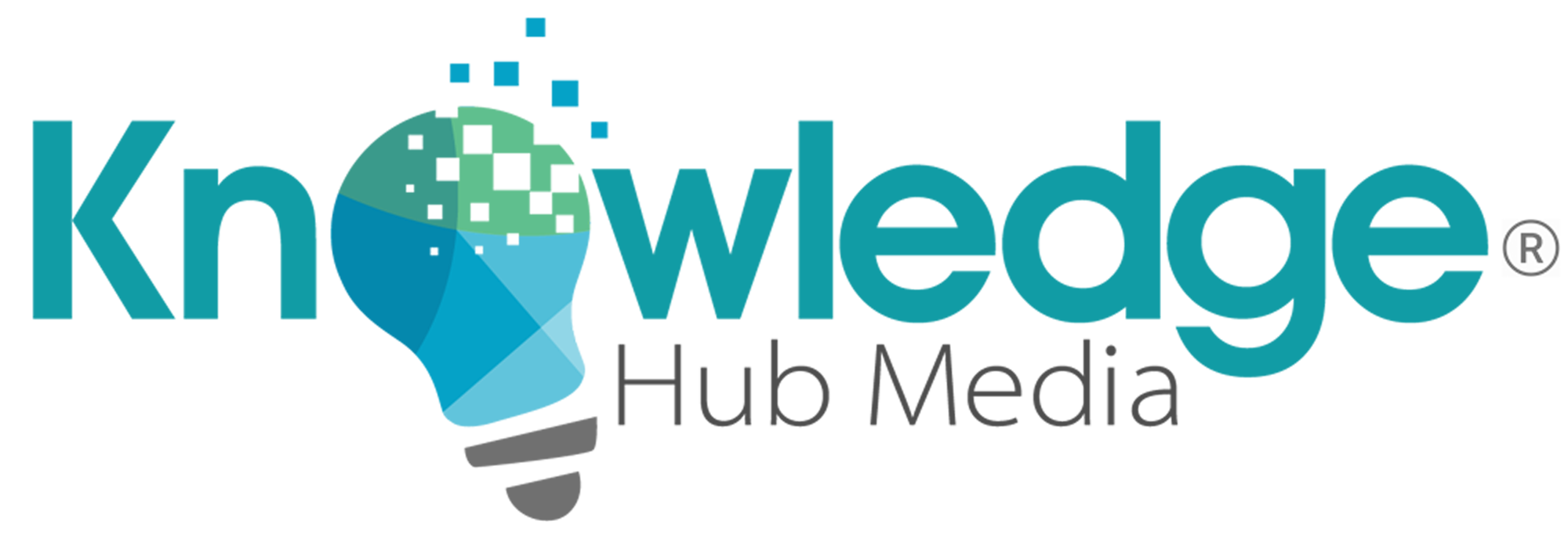 In today’s digital-first business environment, cyber threats are evolving faster than ever. From ransomware and zero-day exploits to phishing and insider threats, businesses of all sizes are under siege. Traditional security methods can no longer keep up with the sophistication and speed of modern attacks. The solution? Integrated endpoint security paired with unified management strategies.
In today’s digital-first business environment, cyber threats are evolving faster than ever. From ransomware and zero-day exploits to phishing and insider threats, businesses of all sizes are under siege. Traditional security methods can no longer keep up with the sophistication and speed of modern attacks. The solution? Integrated endpoint security paired with unified management strategies.
Why Integrated Endpoint Security Matters
Endpoint security refers to the protection of endpoints—devices like laptops, desktops, mobile phones, and servers—that connect to a corporate network. But protecting these endpoints in isolation isn’t enough. Integrated endpoint security combines threat detection, prevention, response, and recovery into a cohesive system that works across all devices and environments. This holistic approach improves visibility, speeds up incident response, and reduces the risk of gaps or overlaps in protection.
The Role of Unified Endpoint Management (UEM)
Unified Endpoint Management (UEM) is the centralized administration of all endpoint devices within an organization. UEM solutions allow IT teams to monitor, manage, and secure every device from a single console, whether it’s an employee’s laptop, a virtual machine, or a mobile device in the field. With UEM, businesses gain better compliance, simplified operations, and more robust security controls across the board.
Together, integrated endpoint security and UEM create a powerful defense strategy. They empower businesses to:
- Detect threats early using AI and behavioral analytics
- Automate responses and patch vulnerabilities quickly
- Enforce consistent security policies across all devices
- Minimize downtime and data loss during an attack
- Adapt to new and emerging threats in real-time
Top 5 Providers of Endpoint Security and UEM Solutions
Here are five industry leaders offering best-in-class tools to help businesses defend against today’s cyber threats:
1. Microsoft (Defender for Endpoint + Intune)
Microsoft offers a highly integrated security ecosystem. Defender for Endpoint uses machine learning and threat intelligence to detect and respond to advanced attacks, while Microsoft Intune provides a unified management platform for mobile devices and PCs. The synergy between Microsoft 365, Azure, and its security solutions makes it ideal for enterprises already in the Microsoft ecosystem.
Strengths: Native integration, AI-driven detection, cloud-powered protection
Best For: Enterprises using Microsoft 365 and Azure infrastructure
2. CrowdStrike (Falcon Platform)
CrowdStrike’s Falcon platform delivers cloud-native endpoint protection with real-time threat intelligence and proactive hunting capabilities. It uses lightweight agents and provides exceptional visibility into endpoint behavior, with an emphasis on threat prevention and incident response.
Strengths: Cloud-native, fast deployment, world-class threat intelligence
Best For: Companies looking for elite detection and response capabilities (EDR/XDR)
3. VMware (Carbon Black + Workspace ONE)
VMware’s security and UEM offering combines Carbon Black for endpoint protection with Workspace ONE for unified device management. This solution is built for securing digital workspaces and remote work environments, offering strong visibility and control across endpoints.
Strengths: Strong UEM integration, robust policy enforcement, remote work readiness
Best For: Organizations with hybrid or remote workforces
4. Cisco (Secure Endpoint + Meraki Systems Manager)
Cisco delivers a security-first approach to endpoint and network management. Secure Endpoint (formerly AMP for Endpoints) uses continuous behavioral monitoring, while Meraki Systems Manager provides centralized cloud-based device management.
Strengths: Network-integrated security, excellent telemetry, trusted enterprise brand
Best For: Enterprises looking to tie network and endpoint security together
5. Dell Technologies (CrowdStrike Integration + Unified Workspace)
Dell combines powerful endpoint security solutions from CrowdStrike with its own Unified Workspace offering, which simplifies device deployment, management, and security. Dell endpoints are built with embedded security features like SafeBIOS and SafeID, offering hardware-rooted protection.
Strengths: Hardware-software integration, turnkey security solutions, enterprise-grade support
Best For: Businesses seeking pre-integrated endpoint security with device lifecycle management
Final Thoughts
The battle against cyber threats is ongoing—and escalating. Businesses that embrace integrated endpoint security and unified management are better equipped to respond quickly, reduce complexity, and maintain operational resilience. Choosing the right tools and partners is essential to stay ahead of attackers, protect valuable assets, and build a secure foundation for digital growth.
If you haven’t yet unified your endpoint strategy, now is the time. The right combination of technology, visibility, and control can make all the difference in the ever-changing threat landscape.
